Taking Measure
Just a Standard Blog
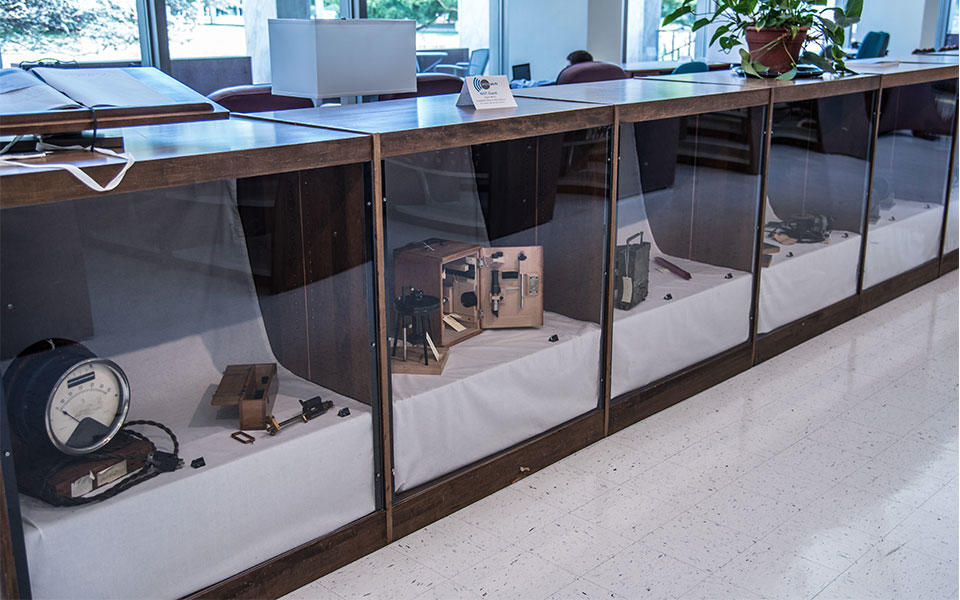
Mystery objects on display in the NIST museum.
Right now, the NIST museum in Gaithersburg, Maryland, is displaying a glass globe the size of a large beach ball. When visitors first come upon it, they’re not sure what to make of it. Is it a giant lightbulb? A highly impractical fishbowl? Thankfully, they can quickly quench their curiosity by reading the identifying sign that accompanies the object. (This particular artifact is actually for collecting gas samples.)
NIST’s museum collection includes hundreds of artifacts that tell the story of NIST, and its predecessor NBS, that reflect the larger history of American scientific research.
But not every item in our collection has been identified. In fact, we're in the possession of quite a few … thingamajigs. Knowledge of these things’ original function or purpose has been lost to time. Yet the museum curators lovingly preserve these gizmos in the hope that one day their identities will be rediscovered.
And, beginning with the four unidentified objects below, they’d like your help to solve these mysteries!
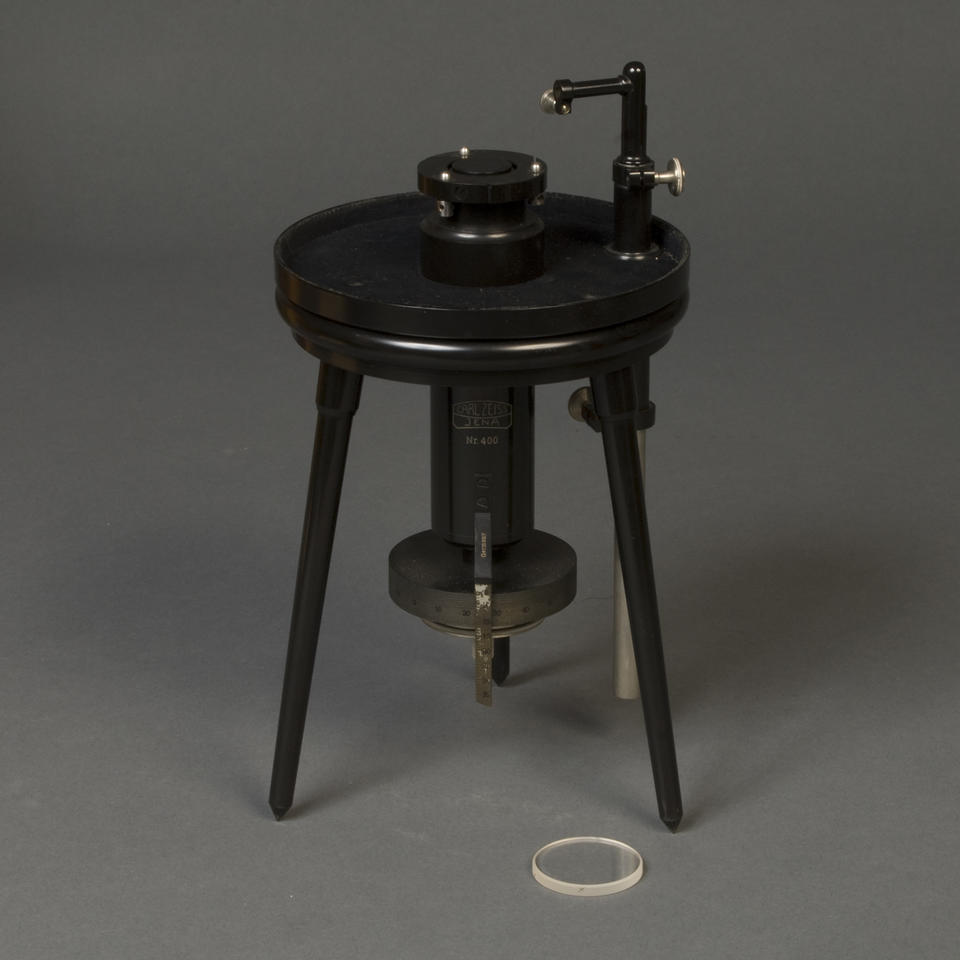
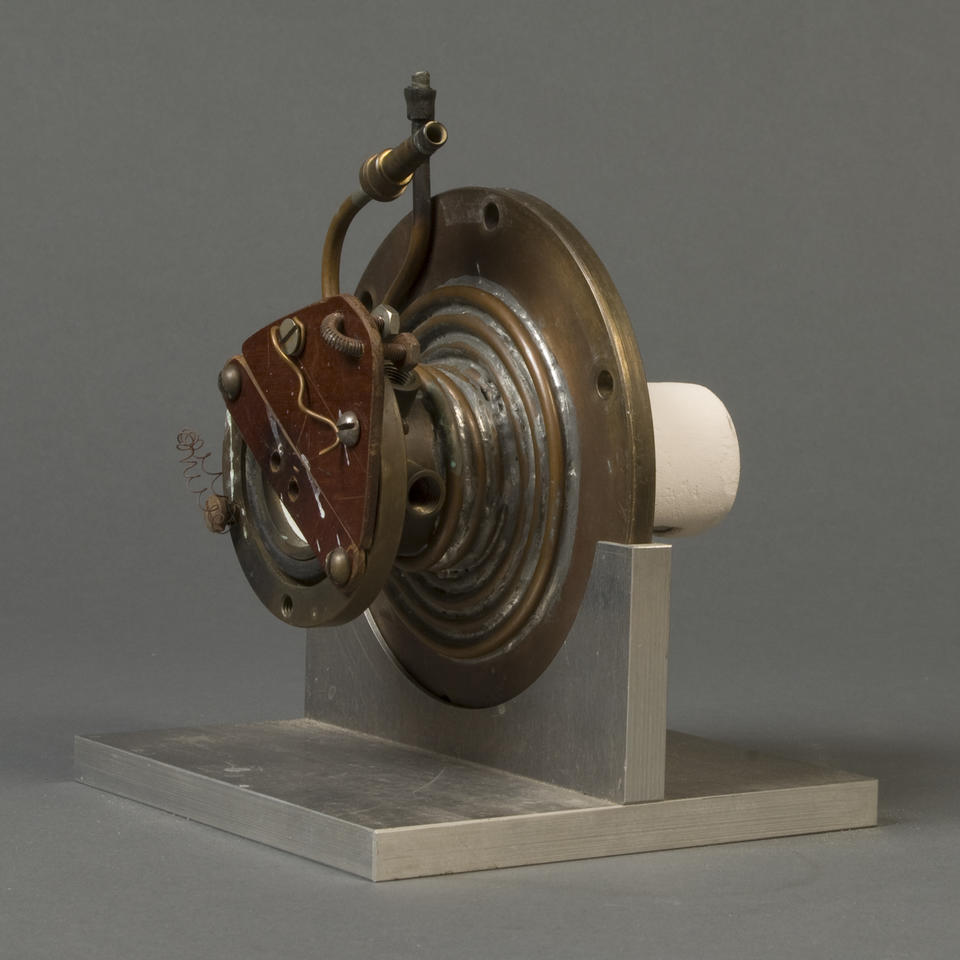
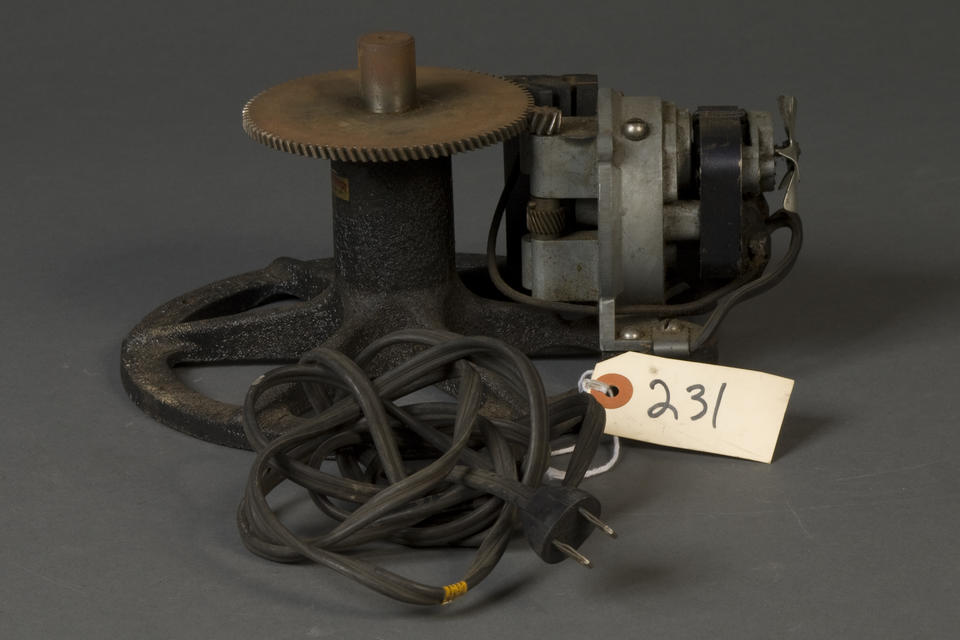
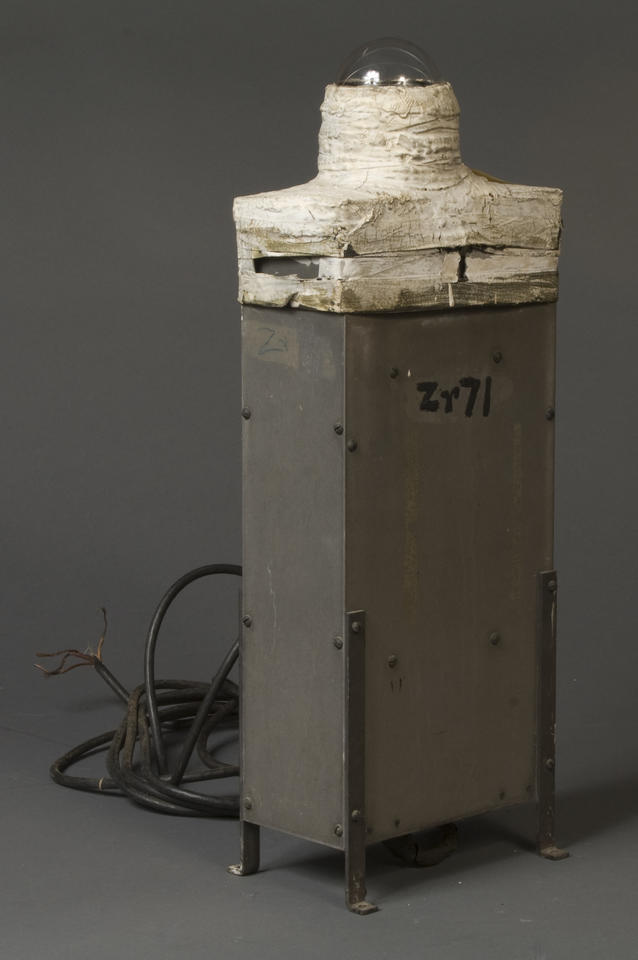
We’ll post pictures of other mysterious doohickeys on a regular basis. In the meantime, let us know what you think these things might be in the comments!
More mysteries!
Check out our other installments in this series:
Unidentified Museum Objects, Vol. II
Unidentified Museum Objects, Vol. III
*edited March 2, 2021
About the author
Related Posts
Comments
- Reply





